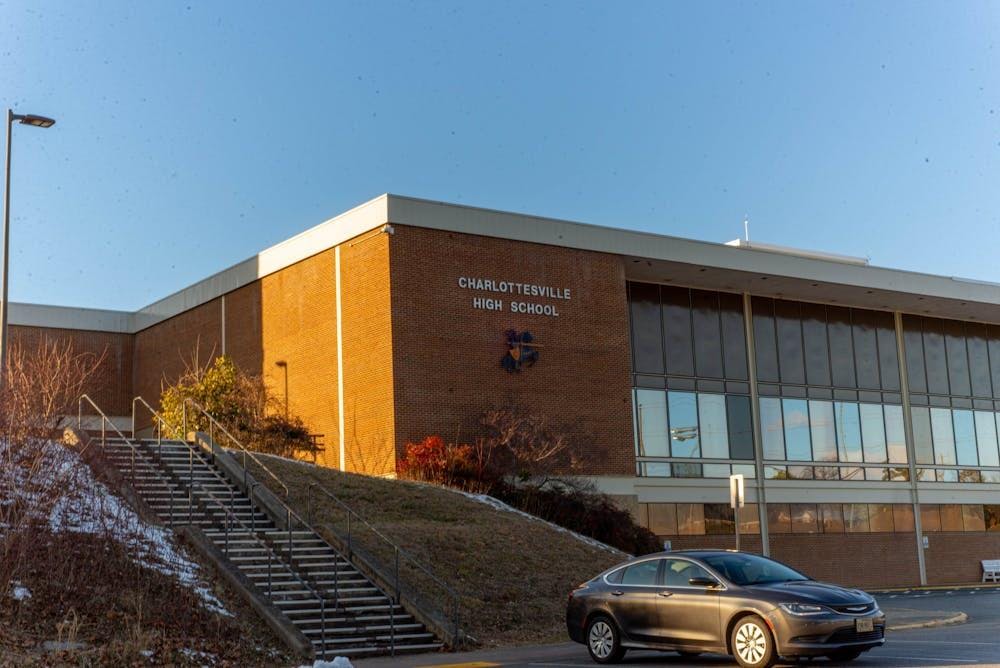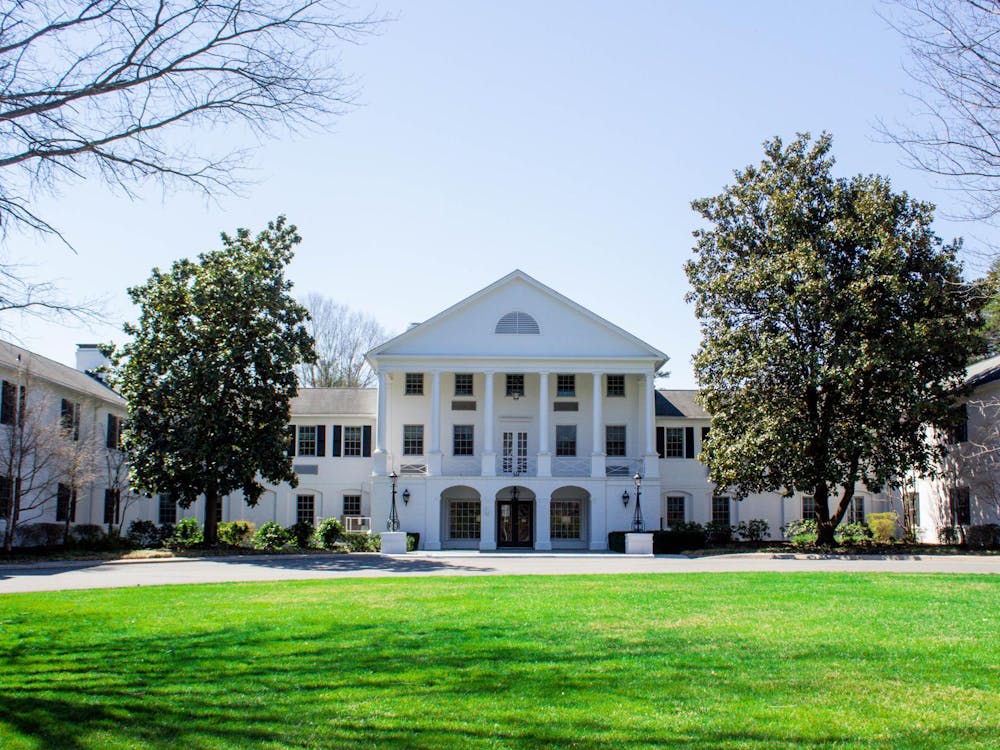Once again, Gov. Glenn Youngkin has tried to change the Virginia public school system, but as is the case with every new Marvel movie, the disappointingly simple plot reveals itself instantly. The beginnings of this plot came about via a new school rating system, “School Performance and Support Framework,” with the goal of refining specific per-school data. It has been approved by Virginia’s Board of Education but still requires approval from the U.S. Department of Education. The new system advocates a more accurate way of rating Virginia’s primary and secondary schools in an attempt to find more explicit data on which schools need more help than others. In reality, this change is a blatant way to identify struggling schools to parents and legislators, allowing both groups to avoid them like the plague.
To be clear, Youngkin is right to think that our current ratings system is flawed. Over half of all Virginia students in elementary or middle school failed or nearly failed math or reading, yet 89 percent of all schools were accredited. Graduates receive the same accreditation from all these schools no matter their ranking, but the students maintain extreme differences in knowledge. Youngkin’s reforms aren’t meant to reinvent how schools are judged, but to have a more precise method of judging. The old system places schools in categories that are too large, and in doing so fails to recognize per-school nuances and properly fund struggling institutions, perpetuating failing patterns without end.
The proposed new rating system addresses these nuances with an emphasis on school-specific data while also swinging the door open for disastrous school choice support to grow. It arbitrarily re-categorizes schools as “off track,” exemplified by a shortened waiting period before non-English speakers’ test scores be counted towards a school’s rating. The old system had a waiting period of 11 semesters of English instruction before non-English speakers’ scores could be counted towards the school’s performance. The new system has a period of three. This means schools with higher immigrant populations are bound to be rated worse than those with more native English speakers, and as such, will appear worse to those looking at scores without context. Thus, both parents and legislators will view these schools as underachieving when that is not the reality.
With the government baselessly declaring which schools are failing, parents choosing districts are now faced with harder decisions. Enter school choice, a program that would be fantastic if it worked, but even the most positive results are simply break even. Broken into its most basic form, school choice is really just an excuse to avoid funding poor-performing schools. One of its goals is to allow some low income students at failing public schools to receive an education at a private school in a “voucher” program. However, the students admitted into voucher programs often are not low income. Additionally, the image of a golden private school that sends all voucher students to the Ivy League is fantasy — most of the time, the schools that accept these students are already underperforming and looking for the tax break that comes with accepting voucher students. Even if these schools were stellar, the publicly-funded voucher programs then simply exist to funnel tax money into private institutions, which can be distant from communities that pay the tax.
Still, we must grapple with the fact that the Virginia school rating system clearly needs to change, and increasing the accuracy of data in public schools is indeed an admirable idea. To his credit, Youngkin has increased overall education funding. However, having more money does not mean he is distributing it to schools in need. The proposal will ultimately push property-tax-paying parents and education-distributing politicians away from schools that need to attract them. Optimism for the political process precludes me from concluding that politicians are using repulsion to introduce a school choice bill, but the circumstances are disheartening. If we do increase the accuracy of data, then the next step must be distributing that funding accordingly. Funding is the key to fixing education, but distributing it properly is the only real solution to Virginia’s underperforming public schools.
If parents and legislators are led to believe that specific schools are better or worse based on new, arbitrary ratings, then school choice is bound to rear its ugly head. This is coupled with the fact that school choice has found a huge proponent in current Lt. Gov. Winsome Earle-Sears, who announced her bid for Governor of Virginia last month. Preceding conservatives have set the stage for a voucher proposal, and it was not hard — the Virginia Board of Education that approved the new school rating system was eight of nine Youngkin appointees. Youngkin has set up the pins, and all Earle-Sears has to do is roll the ball.
Education funding is an extremely tangible aspect of policy that Virginians interact with, and as such, deserves both precision in data collection and recognition of contextual nuances. Youngkin has put this aside in favor of an attempt to allow school choice to infiltrate the school system. Take this into consideration when voting for the next governer in 2025— Earle-Sears has long been in favor of school choice and is primed to take Youngkin’s seat. Students are graduating without receiving a fair education, and moving them around with vouchers will not fix that, though it may win an election.
Paul Kurtzweil is a senior associate opinion editor who writes about economics, business and housing for The Cavalier Daily. He can be reached at opinion@cavalierdaily.com.
The opinions expressed in this column are not necessarily those of The Cavalier Daily. Columns represent the views of the authors alone.







